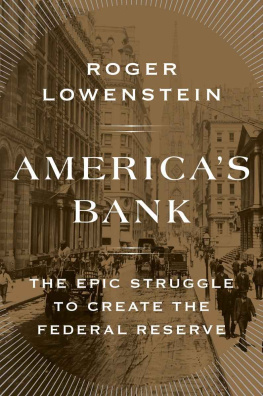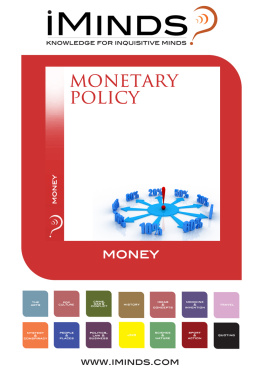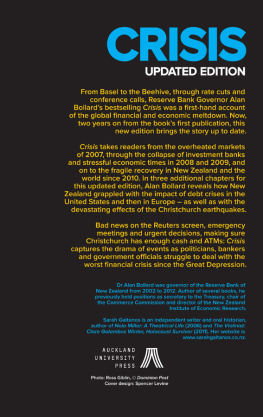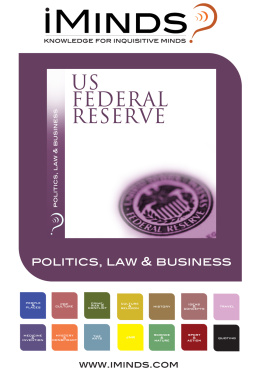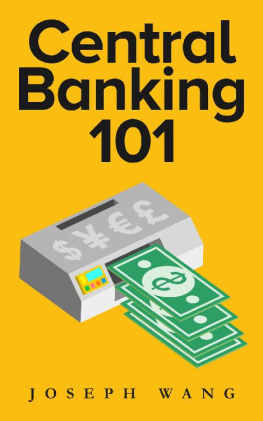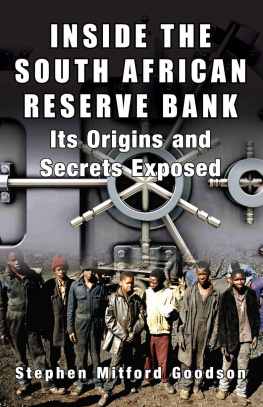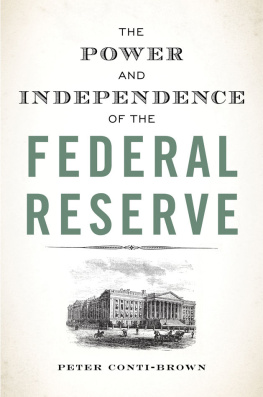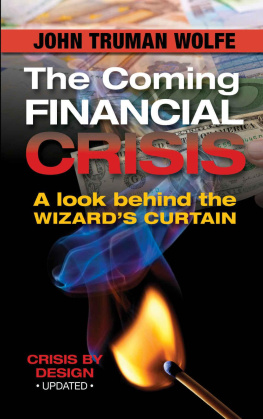Roger Lowenstein - Americas Bank: The Epic Struggle to Create the Federal Reserve
Here you can read online Roger Lowenstein - Americas Bank: The Epic Struggle to Create the Federal Reserve full text of the book (entire story) in english for free. Download pdf and epub, get meaning, cover and reviews about this ebook. year: 2015, publisher: Penguin Press, genre: Science. Description of the work, (preface) as well as reviews are available. Best literature library LitArk.com created for fans of good reading and offers a wide selection of genres:
Romance novel
Science fiction
Adventure
Detective
Science
History
Home and family
Prose
Art
Politics
Computer
Non-fiction
Religion
Business
Children
Humor
Choose a favorite category and find really read worthwhile books. Enjoy immersion in the world of imagination, feel the emotions of the characters or learn something new for yourself, make an fascinating discovery.
- Book:Americas Bank: The Epic Struggle to Create the Federal Reserve
- Author:
- Publisher:Penguin Press
- Genre:
- Year:2015
- Rating:5 / 5
- Favourites:Add to favourites
- Your mark:
Americas Bank: The Epic Struggle to Create the Federal Reserve: summary, description and annotation
We offer to read an annotation, description, summary or preface (depends on what the author of the book "Americas Bank: The Epic Struggle to Create the Federal Reserve" wrote himself). If you haven't found the necessary information about the book — write in the comments, we will try to find it.
A tour de force of historical reportage, Americas Bank illuminates the tumultuous era and remarkable personalities that spurred the unlikely birth of Americas modern central bank, the Federal Reserve. Today, the Fed is the bedrock of the financial landscape, yet the fight to create it was so protracted and divisive that it seems a small miracle that it was ever established.
For nearly a century, America, alone among developed nations, refused to consider any central or organizing agency in its financial system. Americans mistrust of big government and of big banksa legacy of the countrys Jeffersonian, small-government traditionswas so widespread that modernizing reform was deemed impossible. Each bank was left to stand on its own, with no central reserve or lender of last resort. The real-world consequences of this chaotic and provincial system were frequent financial panics, bank runs, money shortages, and depressions. By the first decade of the twentieth century, it had become plain that the outmoded banking system was ill equipped to finance Americas burgeoning industry. But political will for reform was lacking. It took an economic meltdown, a high-level tour of Europe, andimprobablya conspiratorial effort by vilified captains of Wall Street to overcome popular resistance. Finally, in 1913, Congress conceived a federalist and quintessentially American solution to the conflict that had divided bankers, farmers, populists, and ordinary Americans, and enacted the landmark Federal Reserve Act.
Roger Lowensteinacclaimed financial journalist and bestselling author of When Genius Failed and The End of Wall Streettells the drama-laden story of how America created the Federal Reserve, thereby taking its first steps onto the world stage as a global financial power. Americas Bank showcases Lowenstein at his very finest: illuminating complex financial and political issues with striking clarity, infusing the debates of our past with all the gripping immediacy of today, and painting unforgettable portraits of Gilded Age bankers, presidents, and politicians.
Lowenstein focuses on the four men at the heart of the struggle to create the Federal Reserve. These were Paul Warburg, a refined, German-born financier, recently relocated to New York, who was horrified by the primitive condition of Americas finances; Rhode Islands Nelson W. Aldrich, the reigning power broker in the U.S. Senate and an archetypal Gilded Age legislator; Carter Glass, the ambitious, if then little-known, Virginia congressman who chaired the House Banking Committee at a crucial moment of political transition; and President Woodrow Wilson, the academician-turned-progressive-politician who forced Glass to reconcile his deep-seated differences with bankers and accept the principle (anathema to southern Democrats) of federal control. Weaving together a raucous era in American politics with a storied financial crisis and intrigue at the highest levels of Washington and Wall Street, Lowenstein brings the beginnings of one of the countrys most crucial institutions to vivid and unforgettable life. Readers of this gripping historical narrative will wonder whether theyre reading about one hundred years ago or the still-seething conflicts that mark our discussions of banking and politics today.
**
Roger Lowenstein: author's other books
Who wrote Americas Bank: The Epic Struggle to Create the Federal Reserve? Find out the surname, the name of the author of the book and a list of all author's works by series.

